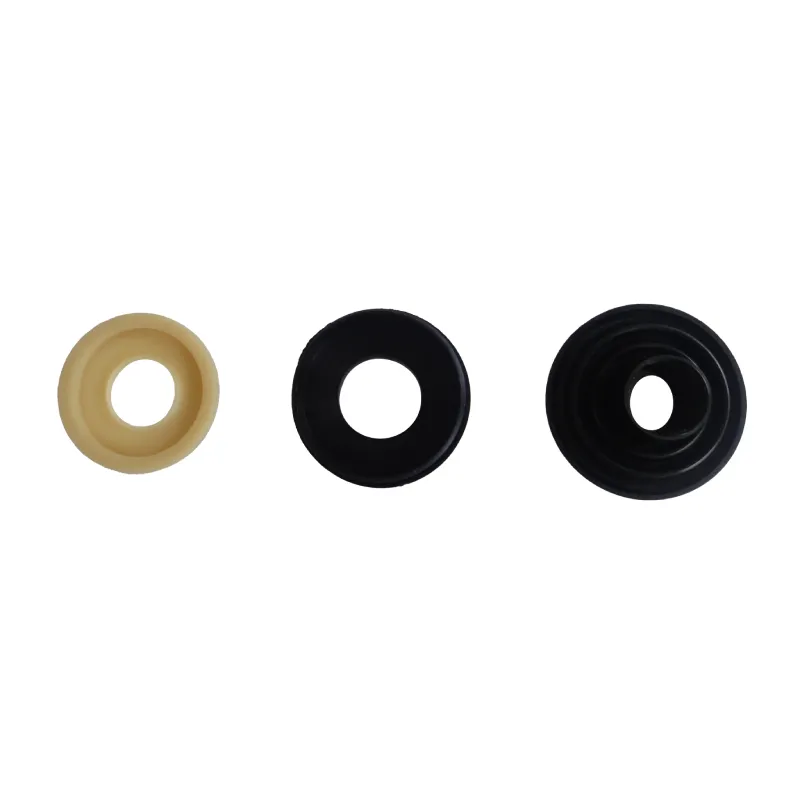 Afrikaans
Afrikaans  Albanian
Albanian  Amharic
Amharic  Arabic
Arabic  Armenian
Armenian  Azerbaijani
Azerbaijani  Basque
Basque  Belarusian
Belarusian  Bengali
Bengali  Bosnian
Bosnian  Bulgarian
Bulgarian  Catalan
Catalan  Cebuano
Cebuano  Corsican
Corsican  Croatian
Croatian  Czech
Czech  Danish
Danish  Dutch
Dutch  English
English  Esperanto
Esperanto  Estonian
Estonian  Finnish
Finnish  French
French  Frisian
Frisian  Galician
Galician  Georgian
Georgian  German
German  Greek
Greek  Gujarati
Gujarati  Haitian Creole
Haitian Creole  hausa
hausa  hawaiian
hawaiian  Hebrew
Hebrew  Hindi
Hindi  Miao
Miao  Hungarian
Hungarian  Icelandic
Icelandic  igbo
igbo  Indonesian
Indonesian  irish
irish  Italian
Italian  Japanese
Japanese  Javanese
Javanese  Kannada
Kannada  kazakh
kazakh  Khmer
Khmer  Rwandese
Rwandese  Korean
Korean  Kurdish
Kurdish  Kyrgyz
Kyrgyz  Lao
Lao  Latin
Latin  Latvian
Latvian  Lithuanian
Lithuanian  Luxembourgish
Luxembourgish  Macedonian
Macedonian  Malgashi
Malgashi  Malay
Malay  Malayalam
Malayalam  Maltese
Maltese  Maori
Maori  Marathi
Marathi  Mongolian
Mongolian  Myanmar
Myanmar  Nepali
Nepali  Norwegian
Norwegian  Norwegian
Norwegian  Occitan
Occitan  Pashto
Pashto  Persian
Persian  Polish
Polish  Portuguese
Portuguese  Punjabi
Punjabi  Romanian
Romanian  Russian
Russian  Samoan
Samoan  Scottish Gaelic
Scottish Gaelic  Serbian
Serbian  Sesotho
Sesotho  Shona
Shona  Sindhi
Sindhi  Sinhala
Sinhala  Slovak
Slovak  Slovenian
Slovenian  Somali
Somali  Spanish
Spanish  Sundanese
Sundanese  Swahili
Swahili  Swedish
Swedish  Tagalog
Tagalog  Tajik
Tajik  Tamil
Tamil  Tatar
Tatar  Telugu
Telugu  Thai
Thai  Turkish
Turkish  Turkmen
Turkmen  Ukrainian
Ukrainian  Urdu
Urdu  Uighur
Uighur  Uzbek
Uzbek  Vietnamese
Vietnamese  Welsh
Welsh  Bantu
Bantu  Yiddish
Yiddish  Yoruba
Yoruba  Zulu
Zulu Assembly and Functionality of Idler Roller Components for Optimal Performance in Machinery
The Importance of Idler Roller Assembly in Conveyor Systems
In the realm of industrial machinery and conveyor systems, the idler roller assembly plays a crucial role. This seemingly simple component is essential for the efficient and smooth operation of various types of conveyors, including those used in manufacturing, logistics, and transportation. Understanding the significance of the idler roller assembly can help organizations optimize their operations and reduce maintenance costs.
What is an Idler Roller Assembly?
An idler roller assembly is a component of a conveyor system that supports the belt without actively driving it. Unlike drive rollers, which are powered and responsible for moving the conveyor belt and load, idler rollers serve as support beams, guiding and stabilizing the belt as it transports materials. Idler rollers are typically arranged at strategic points along the conveyor, helping to maintain belt alignment and tension, reducing wear and tear on both the belt and the rollers themselves.
Components and Design
An idler roller assembly comprises several parts, including the roller, frame, brackets, and bearings. The roller itself is usually made of steel or durable plastic, allowing it to withstand heavy loads and harsh environments. The frame provides structural support, while the brackets secure the assembly to the conveyor frame. Bearings play a critical role in reducing friction, allowing for smooth movement of the rollers.
The design of an idler roller assembly can vary significantly based on the application. For example, heavy-duty conveyor systems in mining or bulk material handling may require larger rollers with a higher load capacity, while lighter systems may use smaller, more lightweight designs. Moreover, idler rollers can be configured in different arrangements, such as troughing to form a V shape that helps contain materials on the belt.
Benefits of Idler Roller Assemblies
idler roller assembly

One of the primary benefits of idler roller assemblies is their contribution to the overall efficiency of conveyor systems. By providing stable support and reducing frictional resistance, they help ensure that the belt operates smoothly, minimizing the risk of slippage or misalignment. This leads to a decrease in operational downtime and, as a result, a more productive workflow.
Additionally, idler rollers help to extend the lifespan of the conveyor belt by minimizing wear. When belts are properly supported, they experience less friction and tension, reducing the risk of premature failure. Regularly inspecting and maintaining idler roller assemblies can lead to significant cost savings over time, as they help prevent costly belt replacements and repairs.
Maintenance and Troubleshooting
While idler roller assemblies are designed to be durable, they still require regular maintenance to ensure optimal performance. Typical maintenance tasks include inspecting the rollers for damage, checking the alignment of the assembly, and lubricating the bearings to reduce friction. It's also essential to monitor the tension of the conveyor belt and adjust it as needed to prevent undue stress on the roller assembly.
In cases where performance issues arise, such as unusual noises or belt slippage, it's crucial to troubleshoot the idler roller assembly promptly. Inspecting the rollers for jammed debris, worn-out bearings, or misalignment can help identify the root cause of the problem.
Conclusion
In conclusion, idler roller assemblies are integral components of conveyor systems that warrant careful attention and maintenance. By providing essential support and stability to conveyor belts, they play a vital role in ensuring efficiency and longevity of operations. Investing in high-quality idler roller assemblies and adhering to a proactive maintenance schedule can yield significant benefits in productivity and cost reduction for any organization that relies on conveyor systems.





























